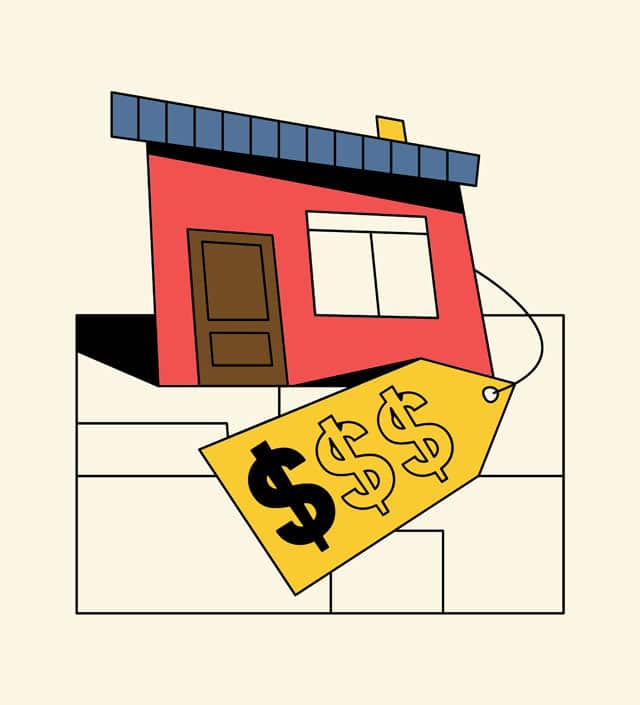U.S. existing home sales fell more than expected in August as house prices remained elevated despite a continued improvement in supply.
Home sales fell 2.5% last month to a seasonally adjusted annual rate of 3.86 million units, the National Association of Realtors said on Thursday.
Economists polled by Reuters had forecast home resales falling to a rate of 3.90 million units.
Home resales, which account for a large portion of U.S. housing sales, dropped 4.2% on a year-on-year basis in August. The median existing home price increased 3.1% from a year earlier to $416,700, the highest on record for any August.
Home prices increased in all four regions.
The Federal Reserve on Wednesday cut interest rates by 50 basis points, the first reduction in borrowing costs since 2020. The move could see mortgage rates, which have retreated to 1-1/2-year lows, declining further.
Lower mortgage rates could entice more homeowners to put their homes on the market, which could increase supply.
Most homeowners have mortgage rates below 4% and so-called “rate lock” starved the market for previously owned homes of supply. Lower borrowing costs could, however, stimulate demand that out paces supply, keeping house prices elevated.
Fed Chair Jerome Powell told reporters on Wednesday that “the real issue with housing is that we have had and are on track to continue to have not enough housing,” adding “this is not something that the Fed can really fix, but I think as we normalize rates, you will see the housing market normalize.”
Housing inventory increased 0.7% to 1.35 million units last month. Supply jumped 22.7% from one year ago.
“Home sales were disappointing again in August, but the recent development of lower mortgage rates coupled with increasing inventory is a powerful combination that will provide the environment for sales to move higher in future months,” said Lawrence Yun, the NAR’s chief economist.
At August’s sales pace, it would take 4.2 months to exhaust the current inventory of existing homes, up from 3.3 months a year ago. A four-to-seven-month supply is viewed as a healthy balance between supply and demand.
Properties typically stayed on the market for 26 days in August compared to 20 days a year ago. First-time buyers accounted for 26% of sales, matching the all-time low last seen in November 2021, versus 29% a year ago.
That share remains below the 40% that economists and realtors say is needed for a robust housing market.
All-cash sales made up 26% of transactions, down from 27% a year ago. Distressed sales, including foreclosures, represented only 1% of transactions, unchanged from last year.
This article was provided by Reuters.







